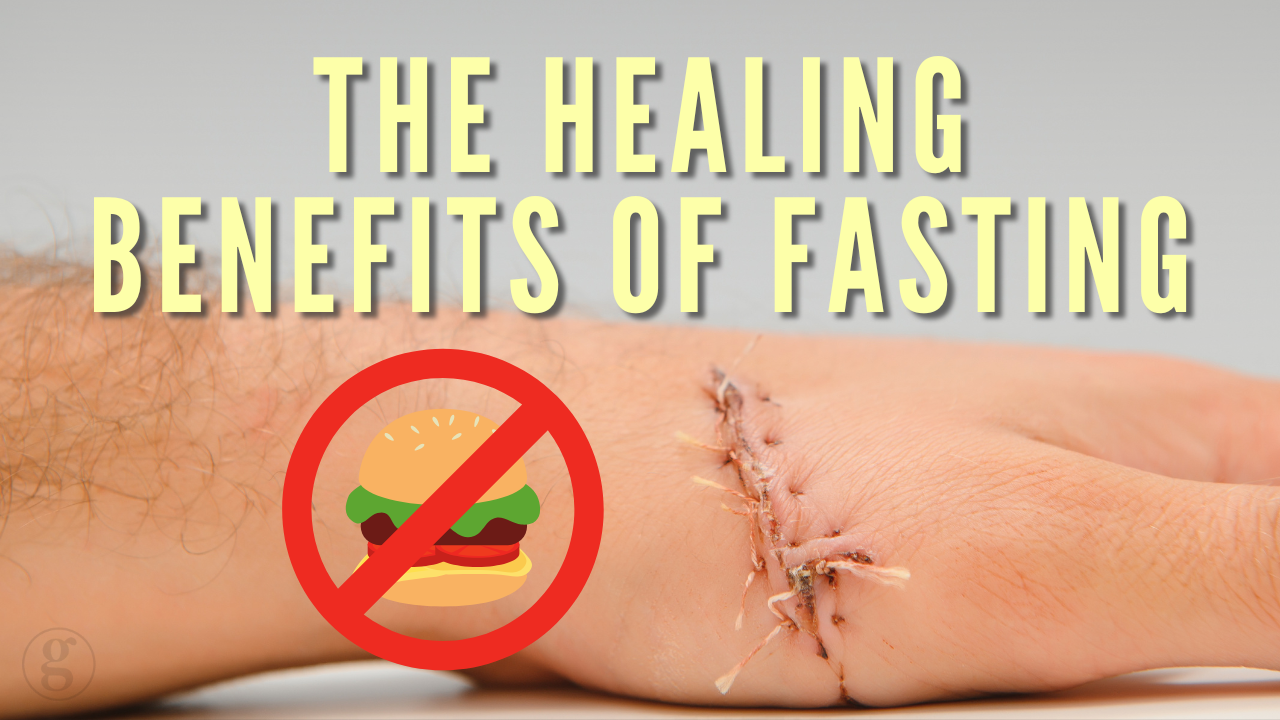Can You Take Too Much Vitamin A? Signs, Risks, and What to Do

Vitamin A is an essential nutrient that plays a key role in maintaining vision, skin health, and immune function. However, as beneficial as it is, Vitamin A can become harmful when consumed in excessive amounts. Let’s explore what Vitamin A is, the risks of taking too much, and how to manage potential toxicity.
What Is Vitamin A?
Vitamin A is a fat-soluble vitamin stored in your liver. It supports various bodily functions, including:
- Vision: Vitamin A helps form rhodopsin, a protein needed for low-light and color vision.
- Skin Health: Retinoids (a form of Vitamin A) aid in cell turnover and skin repair.
- Immune System: It promotes the production of white blood cells, which defend the body against infection.
Vitamin A comes in two main forms:
- Retinoids: Found in animal products like liver, eggs, and dairy.
- Carotenoids: Found in plant-based foods like carrots, sweet potatoes, and spinach, which the body converts to retinoids.
While Vitamin A is vital for overall health, its fat-soluble nature means that excess amounts are stored in the body, making overdose more likely with high intake.
Why Too Much Vitamin A Is a Concern
Overdoing Vitamin A, whether through supplements or overconsumption of Vitamin A-rich foods, can lead to a condition called hypervitaminosis A. This occurs when the liver cannot store any more Vitamin A, leading to its release into the bloodstream in toxic amounts.
How Much Is Too Much?
The tolerable upper intake level (UL) for Vitamin A in adults is 3,000 micrograms (mcg) of Retinol Activity Equivalents (RAE) per day. Consistently exceeding this level can cause toxicity, particularly if supplements are involved.
Signs and Symptoms of Vitamin A Toxicity

The symptoms of Vitamin A toxicity can be acute (from a single large dose) or chronic (from prolonged excessive intake).
Acute Vitamin A Toxicity Symptoms:
- Nausea and vomiting
- Dizziness
- Blurred vision
- Severe headaches
Chronic Vitamin A Toxicity Symptoms:
- Dry or peeling skin
- Bone pain and joint discomfort
- Fatigue and irritability
- Hair loss
- Liver damage
- Yellowing of the skin or eyes (jaundice)
These symptoms can vary in severity depending on the level and duration of Vitamin A overconsumption.
How Vitamin A Overdose Happens
Vitamin A overdose often results from:
- High-Dose Supplements: Taking concentrated Vitamin A pills beyond the recommended dose.
- Combining Multiple Sources: Using Vitamin A supplements alongside Vitamin A-rich diets and skincare products like retinol.
- Excessive Animal Products: Consuming large amounts of liver or cod liver oil, which are particularly high in preformed Vitamin A.
The Dangers of Vitamin A Overdose

Vitamin A toxicity isn’t just uncomfortable—it can be dangerous. Long-term toxicity may result in:
- Liver Damage: Excess Vitamin A is stored in the liver, and toxicity can lead to scarring or cirrhosis.
- Bone Fractures: Studies suggest that chronic Vitamin A overuse weakens bones, increasing the risk of fractures.
- Birth Defects: Pregnant women should avoid excessive Vitamin A intake, as it can harm fetal development.
What to Do If You Suspect Vitamin A Toxicity
If you think you’ve taken an excessive amount of Vitamin A or are experiencing symptoms:
- Stop All Supplementation: Discontinue Vitamin A supplements or multivitamins containing high doses.
- Evaluate Your Diet: Identify and reduce high-Vitamin A foods, such as liver or fortified products.
- Consult a Healthcare Provider: A doctor can assess your symptoms, perform blood tests, and check liver function to confirm toxicity.
- Monitor Your Intake: Aim to stay within the recommended dietary guidelines and avoid unnecessary supplementation.
How to Safely Use Vitamin A
To enjoy the benefits of Vitamin A without risking overdose:
- Follow Dietary Guidelines: Stick to the recommended daily intake (700 mcg for women, 900 mcg for men).
- Be Cautious with Supplements: Avoid taking multiple supplements with Vitamin A unless advised by a doctor.
- Use Topicals Wisely: If using retinol-based skincare, consult a dermatologist to prevent overexposure.
Vitamin A is an essential nutrient with incredible benefits, but more isn’t always better. Understanding the signs, risks, and safe levels of Vitamin A intake is key to avoiding toxicity and maintaining your health. If you suspect an overdose, act promptly to prevent long-term complications.
References
- Penniston, K. L., & Tanumihardjo, S. A. (2006). The acute and chronic toxic effects of vitamin A. The American Journal of Clinical Nutrition, 83(2), 191-201. https://doi.org/10.1093/ajcn/83.2.191
- Ross, A. C. (2010). Vitamin A and retinoic acid in T cell–related immunity. The American Journal of Clinical Nutrition, 91(5), 1468S–1474S. https://doi.org/10.3945/ajcn.2010.28633F
- Blomhoff, R., & Blomhoff, H. K. (2006). Overview of vitamin A metabolism and function. Journal of Nutrition, 136(7), 1801S-1805S. https://doi.org/10.1093/jn/136.7.1801S
Want to learn more about optimizing your health and longevity? Visit our Blog Home Page for more expert insights. If you’re interested in working directly with Dr. G to see if you’re an ideal client, you can explore more here. Additionally, take a look at Dr. G’s supplement line for products designed to support your metabolic health at Cyrene Labs (Cyrene labs products are only available through licensed providers).





